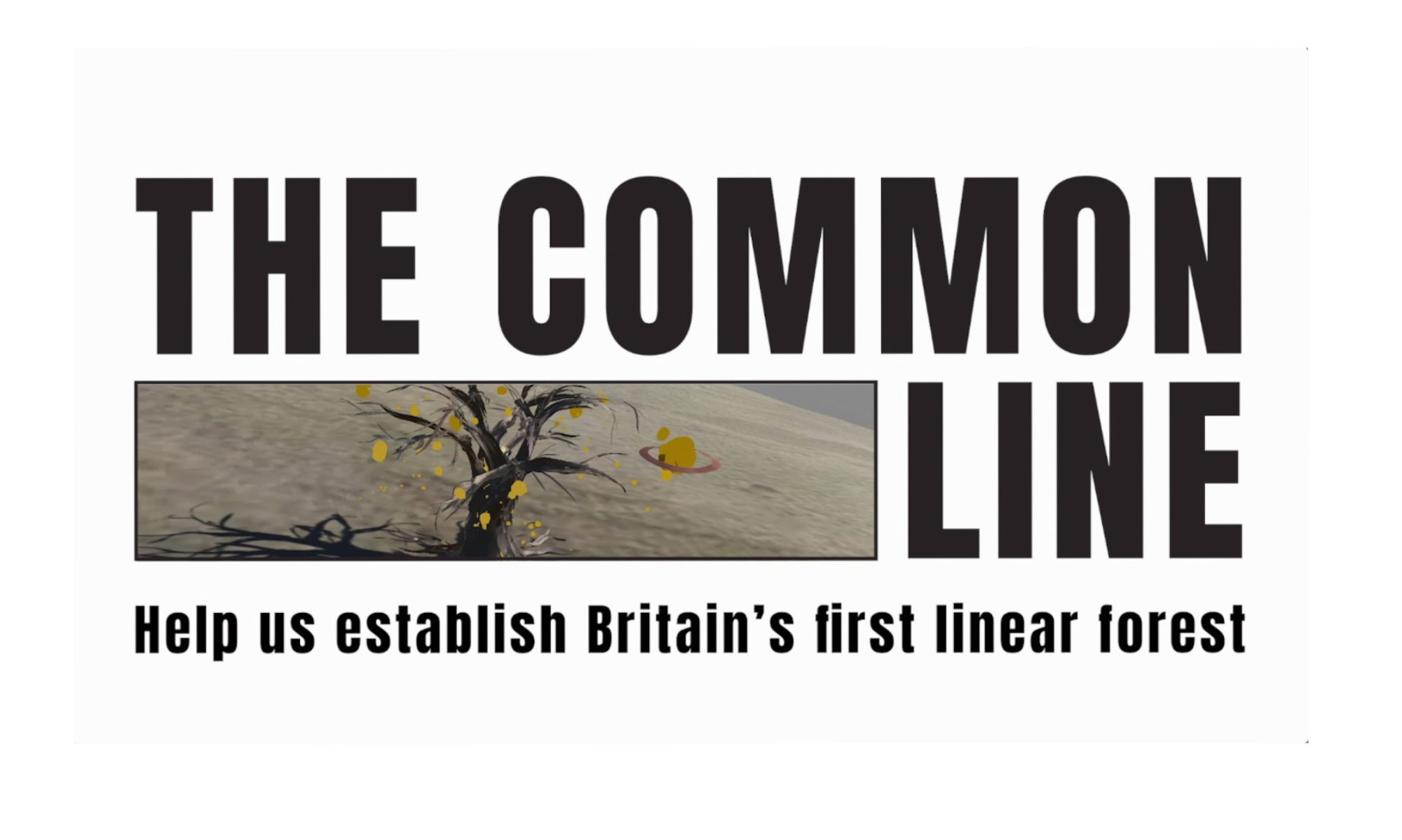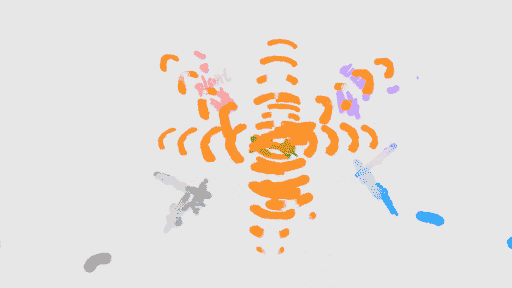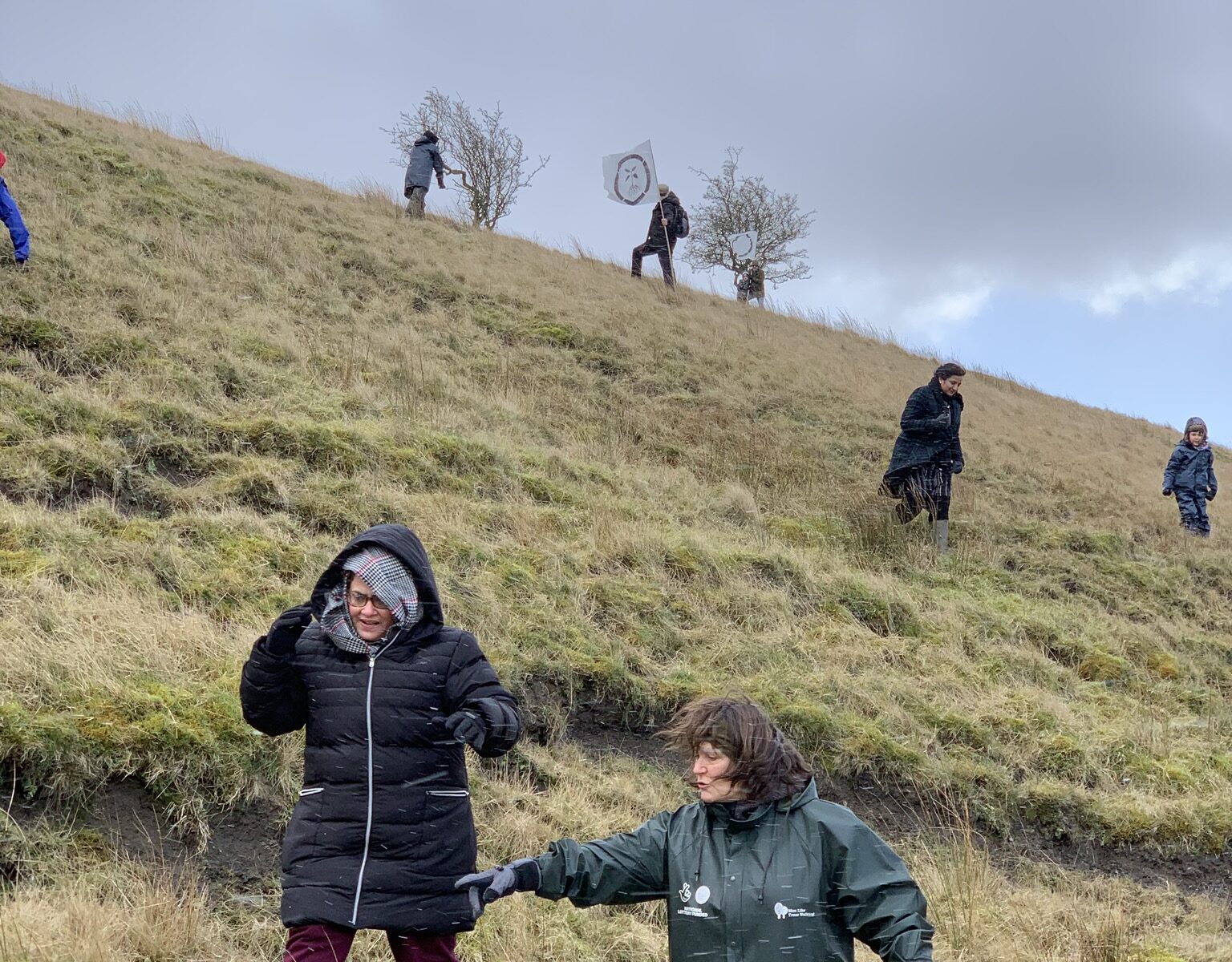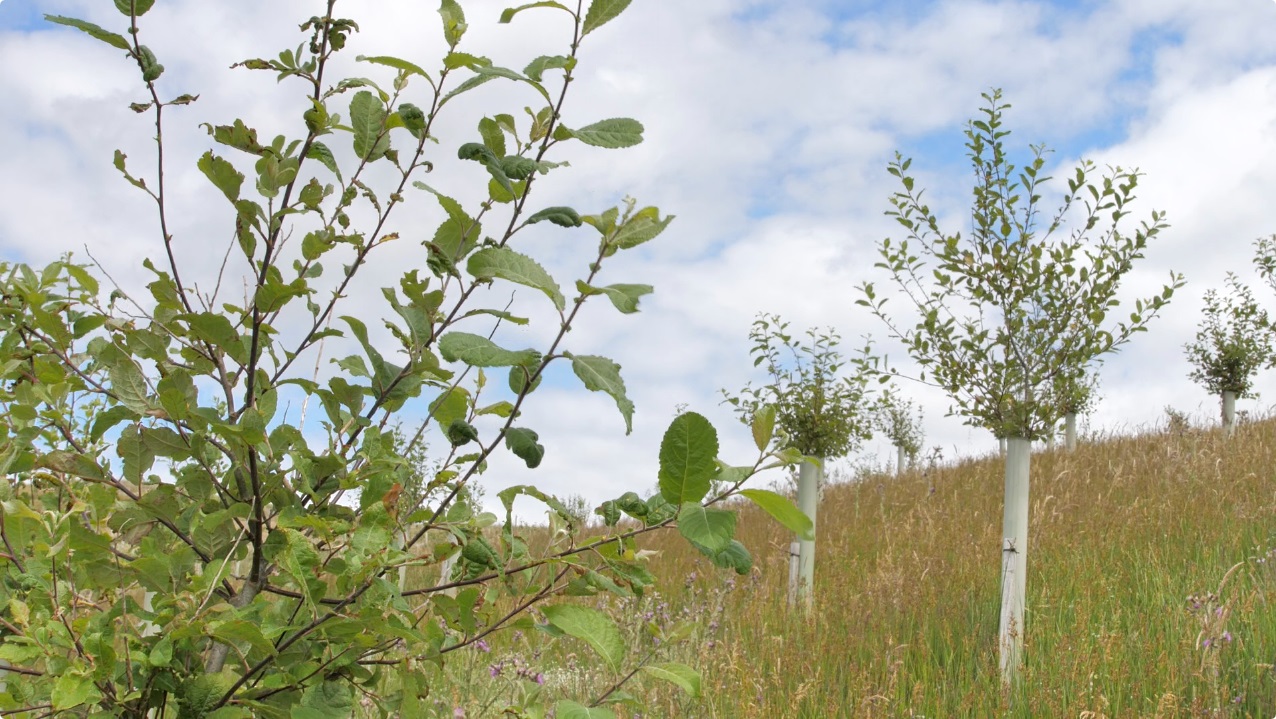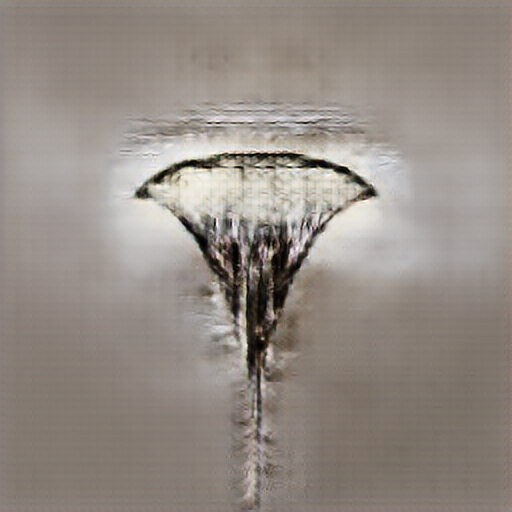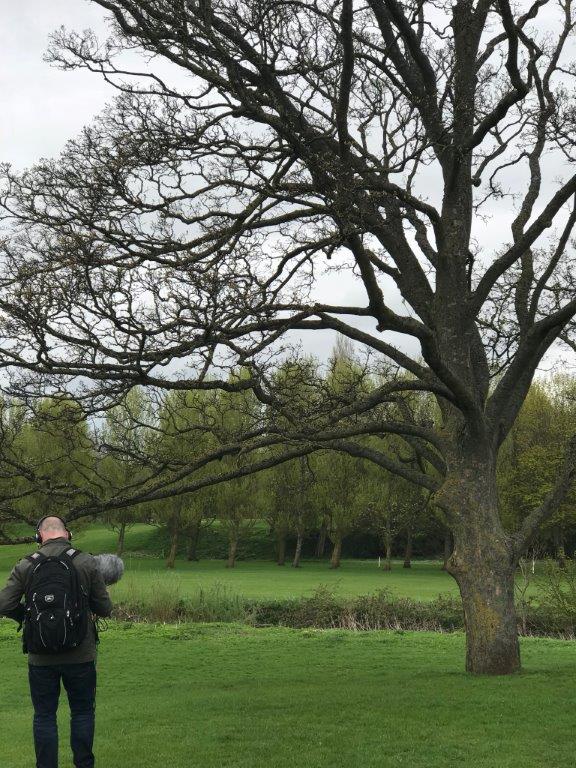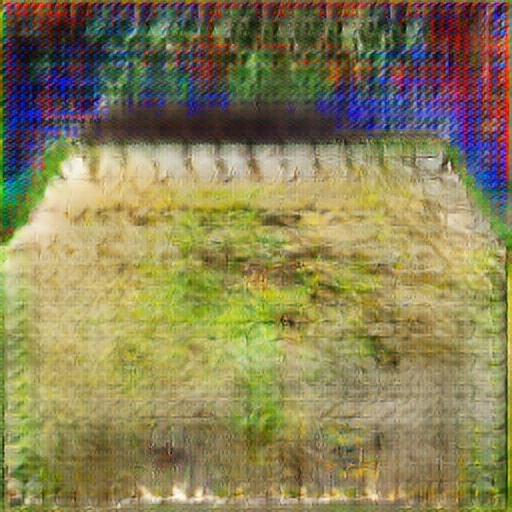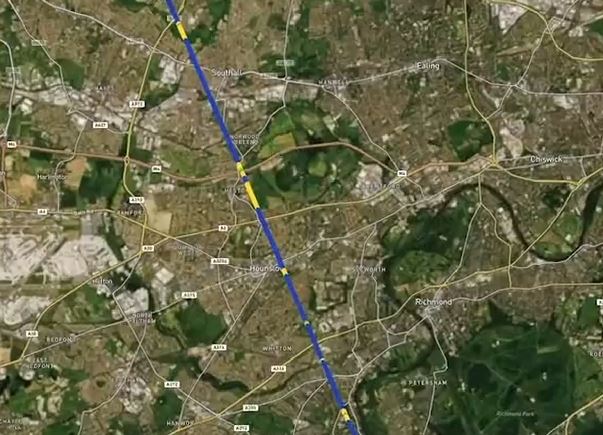Transformative Spatial Archives
The Common Line Pendle test at the end of February 2020, was an important part of the Augmented Reality (AR) App’s spatial framework design. It was an intra-action of physical-virtual domesticity and creative transformative community.
When Paula and Chris met me the first time, they sent the brief of UX design of Common Line App. With an architectural background, I tried to further propose the idea of space within App design. It is not only a functional tool to guide the user into different programs, but also a trigger of discursive practices. It informs an ambiguous and non-linear approach to create and play between physical and virtual domestic spaces.
During workshop in Pendle, children and parents started to play and create their own “image” of a tree by using as-found materials. Within an area of 20m radius from Harwes Farm, accompanied by cats, guinea pigs, geese and chickens, soil, grass and branches were collected and remixed with clay.
Every child and parent made completely different interpretations of the “tree”. After the workshop, when all the works were presented on the table, a domestic transformative process was established. I found the surface of tree projection, tree polygon, distorted fork, and chaotic rhizome. These works truly influenced me both critically and emotionally. I 3D scanned the whole room with the scenes of all tree works.
Based on the idea of spatial framework of Common Line App, I think an alternative design approach needs to be found. Placing myself into the workshop process, as another ordinary member of workshop, this spatial “tree” framework should be also transformative. It means indecisive, multiplicity, soft and fluid. I worked as a fan within the community, hand drawing and painting the spatial framework to possibly embed and intra-act with various transformative works produced by these members.
I regard this working process as a domestic version of “Archive of Our Own”. For Common Line, all works, from children’s version of trees to AR App’s spatial framework, are fanworks. They are transformative and those transformative works are legitimate.
In the near future, there will be more community and domestic workshops, especially after the lockdown mode. In this “new” normality, I imagined, with the community and artistic support from Volkhardt, Paula and John, plus technical support from Chris, a common line of spatial archives could be constructed between physical and virtual community spaces.
From Milton Keynes, Pendle to Carlisle, we will constantly form, transform and reform a real-time rendered multi-fandoms, intra-acting of communities, paths, valleys, landscapes and wildness.
Special thanks to: Chris Hunt, John Drever, Helen Pritchard, Paula Crutchlow , Volkhardt Müller, John Wylie, Gill Taylor, Paul Hartley, Mums2mums Group
Pete Jiadong Qiang, 28th Feb. 2020
Ground Contact: the line in Pendle, February 2020
At the end of February 2020, we visited Harwes Farm CIC near Pendle in rural Lancashire. This first visit hopefully marked the beginning of an ongoing working relationship with this excellent outdoor education initiative. The farm’s rugged woodlands border the course of the Common Line, and we wanted to work with members of the public to further develop our approach to the project’s digital app – on location.
Harwes Farm provides various educational offers to schools and community groups from the region. Project director Gill Taylor hosted us and the groups we worked with extremely well, making sure everyone had a focused, productive, and/or enjoyable time.
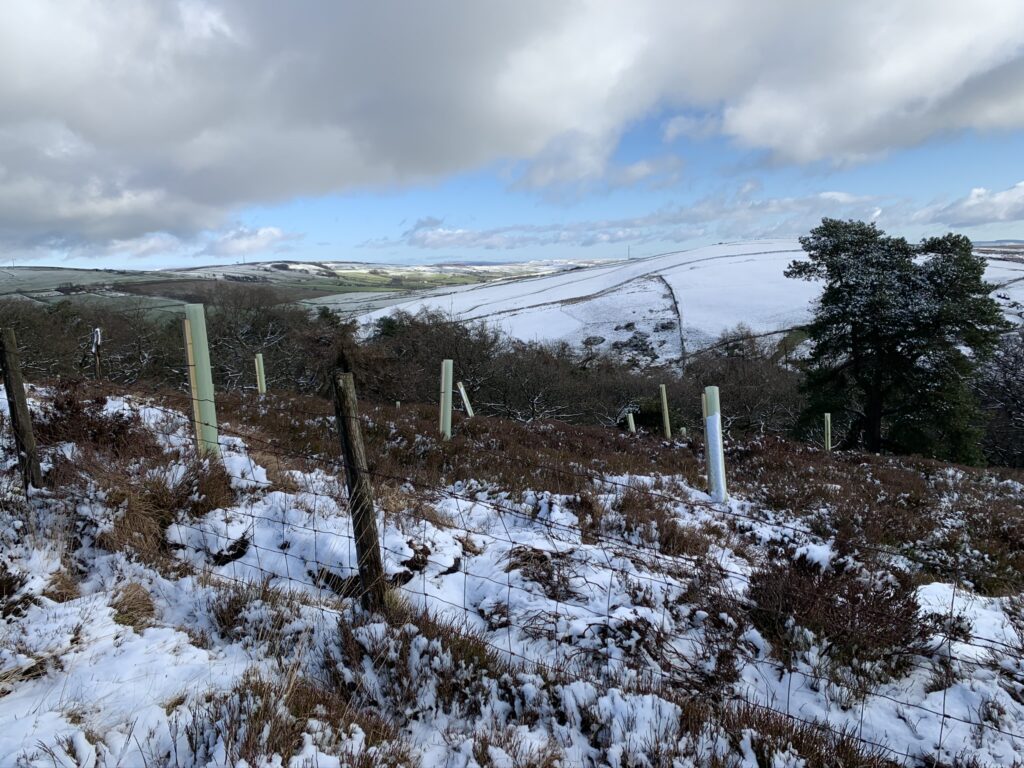
Since 2018, I had been liaising with Paul Hartley from In Situ Arts in Pendle about working with us on the project. Paul made various crucial connections for these workshops, including that with Harwes Farm. The people at In Situ are specialists for embedded arts practice; excellent at bridging grassroots community engagement and cutting-edge contemporary art practice in meaningful ways. Consequently, we were rather pleased when In Situ decided to roll with us. Drawing on Paul’s connections, this was our first opportunity to test the project with diverse, non-special interest audiences – on the land, close to the line, and right on it. Paul also introduced us to Mums2mums, a women’s group from the South Asian community in nearby Marsden Heights. Over the course of three days, we worked with them and a group of young people who regularly visit the farm.
We also had the pleasure of welcoming a new thinker and practitioner to our team – Pete Jiadong Qiang, an artist and doctoral researcher from Goldsmith’s. Goldsmith’s have funded Pete’s participation in the project. Pete is bringing a whole new imagination and skillset to the Common Line. The evolving digital architecture needs to be straightforward, inclusive, and functional, and at the same time, we want it to be discursive, fluid, evolving, and transparent. Pete’s approach to user experience design will help us to think and develop a coherent aesthetic for our digital system. Their practice, skills, and artistic sensibilities resonate strongly with one of the Common Line’s key ambiguities as I see it.
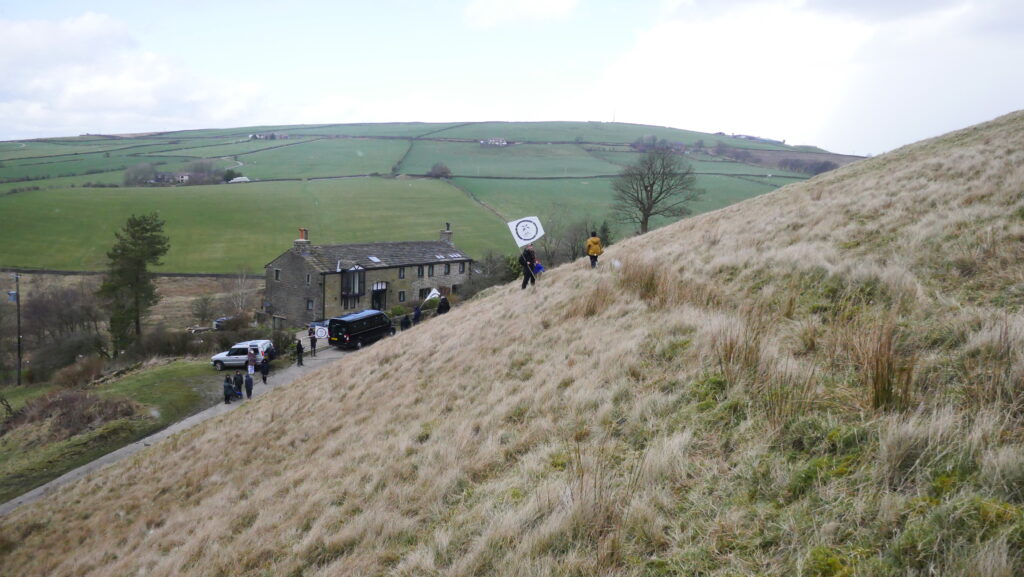
Whilst representations of the line run as a straight transect across the map, it tends to be a lot less straightforward to trace its course on ground level, let alone to follow it. Habits of dwelling in landscape and moving through it, the effects of boundaries, terrain, and weather, as well as the unpredictable nature of digital technology and user behaviours unfold in a non-linear fashion. The projection of straight movement across space evokes images of colonial conquest and territorial control. Straight movements tend to have target focus, minimising or even eliminating the experience of in-between space, and the gain of one sort masks the loss of another.
Contrary to its explicit straightness, I have always imagined the Common Line as a malleable space of seeking, dwelling and discourse, resonant with German artist Joseph Beuys’s ‘Soziale Plastik’ or ‘social plastique’: the myriad processes of human beings thriving and relating through creative acts. In shaping the polis, art becomes a political act and political action becomes art. It’s worth mentioning that I have always found the English translation as ‘social sculpture’ quite misleading. The term sculpture or ‘Skulptur’ is suggestive of a rigid, possibly even monumental form – an opposite that lies beyond discursive transformation. Monumentalism has a peculiar knack of outdating itself soon after conception. The Common Line is not a monument. It will ever only manifest as a process – through human connections, situated action, and growth.
I was keen to try out some workshop ideas that relate the making of a hands-on sensual connection with land to the perhaps more ethereal realm of digital possibilities. The idea was to use land-based crafts processes to create unique VR-objects or ‘ trees’ for digital planting. I dug out clay from a nearby seam and the workshop participants picked and clipped a branch each from one of the various native trees that grow around the farm. We discussed the branch patterns as fractals of the trees’ growth shapes. Back in the house, we fixed our miniature trees to stable bases, and with a bit of paint and clay, everybody created their own unique tree model.
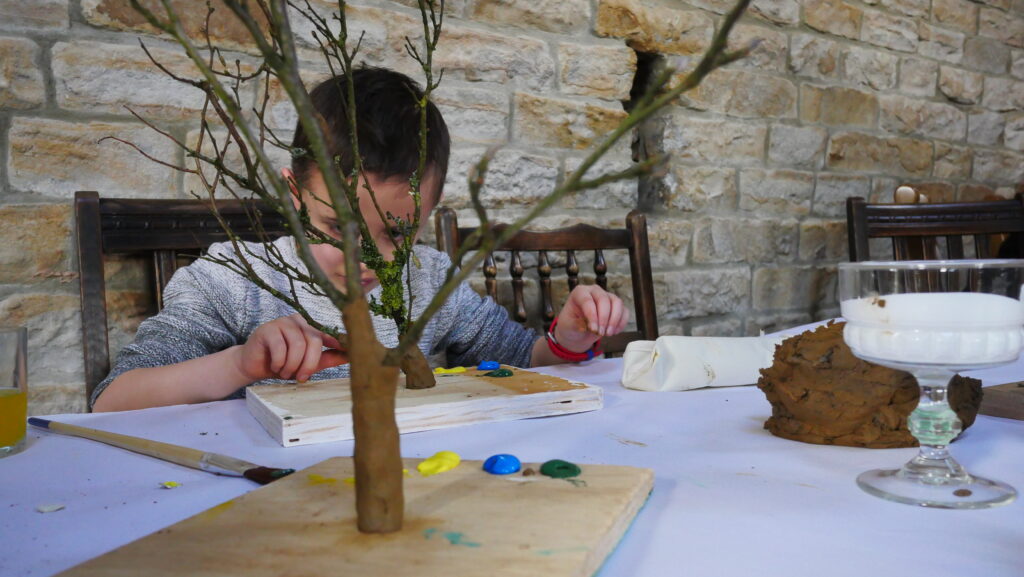
Sitting, working, and chatting around a large table we got to know each other, and there were plenty of opportunities to talk about the project themes at more depth. This hands-on tree making was a highly accessible task that could be approached at many skills levels, and everybody walked away with a nice model. We then used mobile phones and various commonly available apps, to capture our models and render them as 3D VR-objects, ready to be digitally ‘planted’ on the land. The resulting VR-trees are striking artefacts of a three-stage accumulative process leading from natural growth to the intervention of the human hand to digital rendering. Branches (trees) are complex shapes and the 3D renderings were somewhat glitchy. This was not a problem though – the flaws added fantastic textures, whilst making the process visible. What’s even better – each VR-object had a real uniqueness about it – potentially creating a signature of its maker on the land.
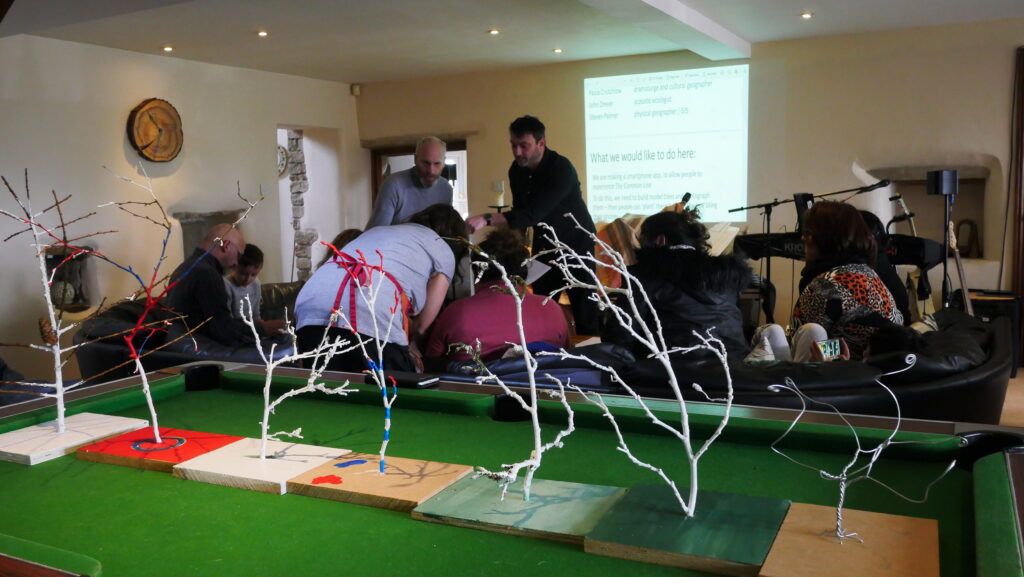
After the workshop, we visited a future planting site. By then, everybody was rather excited to see their VR-tree associated with a spot on the line. For some participants, the focus had already shifted towards physical tree planting and plans for our return later in the year were forged. Once more, the Common line was a wonderful engine for debate and encounter, but also an effective focal point for educational work. At Harwes Farm we have seen that it can be a productive framework for creative grassroots activity, extremely well suited to critically engage a whole wide range of people with pertinent themes across a variety of media.
Volkhardt Mueller, 20th May 2020
Naming our trees: a call for voices from sound artist John Levack Drever
I am currently developing the soundscape approach to the Common Line digital experience, and in that endeavour, I request your participation.
Below is a list of the names of shrubs and trees in English and in Linnaean plant taxonomy that we may consider planting on the line, or perhaps are already there. You may know names for these species in other languages, Scots, Welsh, Gaelic, or other languages and dialects that you speak, or maybe you have unique names that only your family use.
Without compromising social distancing rules, please make recordings of you and/or your family and friends announcing the names of the shrubs and trees. You may want to work through the list below (it doesn’t matter if you can’t pronounce the Latin, have a go!). You are more than welcome to include names in other languages and dialects that you know.
Please upload your recordings and send a link to j.drever@gold.ac.uk. Please include the names of the announcers so we can credit them. The deadline to submit recordings is the 30th June 2020. I look forward to hearing your voices.
Best wishes,
John
- Common Alder (Alnus glutinosa)
- Alder Buckthorn (Frangula Alnus)
- Aspen (Populus tremula)
- Common Ash (Fraxinus excelsior)
- Common Beech (Fagus Sylvatica)
- Downy Birch (Betula Pubescens)
- Silver Birch (Betula Pendula)
- Blackthorn (Prunus Spinosa)
- Sweet Chestnut (Castanea Sativa)
- Horse Chestnut (Aesculus Hippocastanum)
- Bird Cherry (Prunus Padus)
- Wild Cherry (Prunus Avium)
- Crab Apple (Malus Slvestris)
- Dog Rose (Rosa Canina)
- Dogwood (Cornus sanguinea)
- Elder (Sambucus nigra)
- English Elm (Ulmus Procera)
- Guelder Rose (Viburnum opulus)
- Hawthorn (Crataegus monogyna)
- Common hazel (Corylus avellane)
- Holly (Ilex aquifolium)
- Hornbeam (Carpinus betulus)
- Small-Leaved Lime (Tilia cordata)
- Large-Leaved Lime (Tilia platyphyllos)
- Field Maple (Acer Campestre)
- Common Oak (Quercus robur)
- Sessile Oak (Quercus petraea)
- Scots Pine (Pinus sylvestris)
- London Plane (Platanus x hispanica)
- Rowan (Sorbus aucuparia)
- Spindle (Euonymus europaeus)
- Sycamore – Acer pseudoplatanus
- Common Walnut (Juglans regia)
- Whitebeam (Sorbus aria)
- Eared Willow (Salix aurita)
- Goat Willow (Salix caprea)
- Crack willow (Salix fragilis)
- Yew (Taxus baccata)
Mapping the Digital System
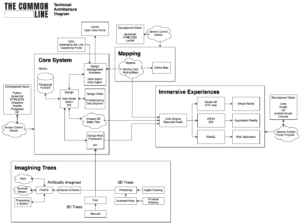
Chris Hunt, October 2018
Artificially Imagining Trees
Soundscape / Acoustic approaches for The Common Line.
Bio-Infused
I have just returned from a packed 3-day schedule in Milton Keynes where we were kindly invited to present at the ‘Situating the Groundwork’ symposium. Smoothly organized and well curated by the formidable Tracing The Pathway crew, it brought a complementary wealth of ideas and approaches to a shared framework of themes. All three contributors on our panel presented works in progress, striving to embody the unruly and potentially absurd character of digital systems in relation to an evolving field practice. Jo Scott’s relationships between digital processes and the material features and processes of the ‘wildscape’, resonate with The Common Line’s ‘commoning’ of digital space in relation to physical space. Artist Haley Newman aptly described all three projects as ‘bio-infused’, and I am now thinking about getting myself a T-shirt printed (Dear Haley, all credit to you!)
For the first-time visitor Milton Keynes really is quite something to process; the sheer amount of ’empty’ space is baffling, and its repetitive patterns shadow the newcomer in the form of uncanny déja-vus. Navigating on foot, my first impression was that of an ill-fitted suit of absurd dimensions, out of scale with the human body it is meant to accommodate and sustain. Large, crumbling infrastructures void of people evoke post-human imaginations and lost futures come to mind. In a trench adjacent to one of the redways (cycle network) in a council estate in Milton Keynes I found this harrow. I am guessing it is hand forged and horse drawn, probably 100 to 150 years old. A shrub enveloped its corner and gradually lifted it of the ground, still rising…
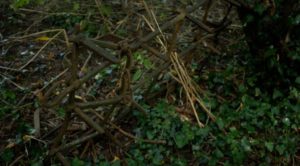
Speaking for myself though, eventually, a sad indulgence gave way to a sense of elation. Here in Britain we have gotten ourselves used to rather bad value for money where personal and public space is concerned. In some respects, Milton Keynes clearly does not fit that bracket. For all its obvious flaws, there is something rather liberating about the experience of Milton Keynes, and I could not help getting a strong sense of a positive (albeit nebulous) vision shaping the original designs.
The post cold war neoliberal mantra of ‘no alternatives’ feels increasingly worn and dangerous, yet its proponents keep bashing away the tune like we are all expected to love it. In Milton Keynes we get a glimpse of an era when alternative visions were granted both resources and space, and whilst it is easy to dismiss the original designs as modernist hubris, we might as well choose to sense a live spirit blowing through the place, at times rather strong, as it gathers momentum on the long, straight boulevards of Milton Keynes.
Serendipitously, The Common Line runs through Milton Keynes. It is a straight line of trees and Milton Keynes has no lack of those in principle. The Common Line however, transects the grid at an angle; creating a formal contrast with meanings unique to Milton Keynes. I have no doubt that if, and wherever MK chooses to accommodate the Common Line, unique resonances will follow.
Volkhardt Mueller, 25.9.18
